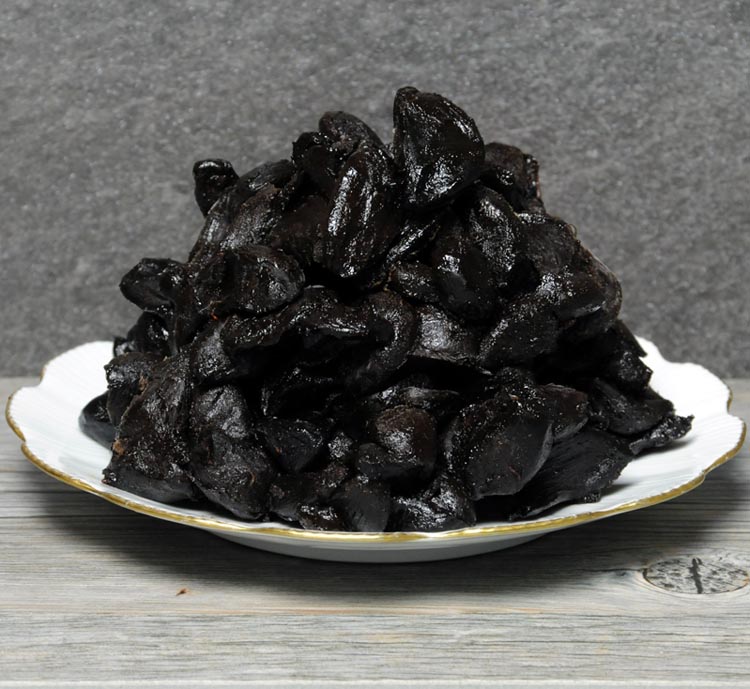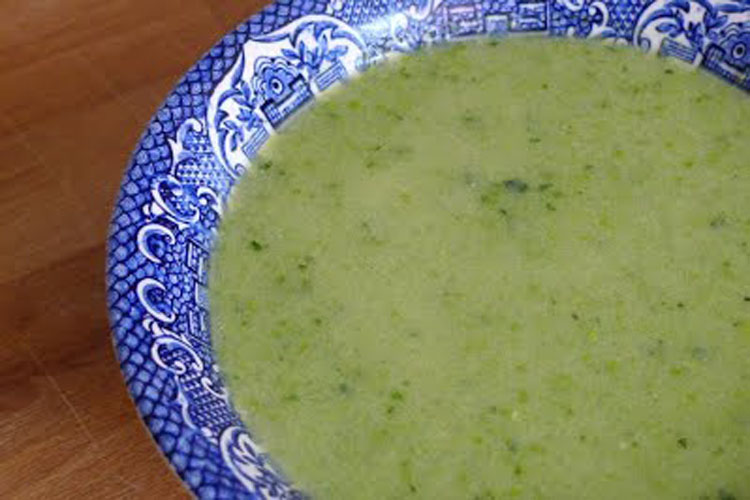I’m an unabashed lover of curry, in all its forms from all over the world. For the vast majority of my life though I considered curried fish to be the most ridiculous thing I had ever heard of. Fish is delicious in its own right, why obscure those flavours with overpowering spice?
Maybe you’ve already figured out what I’m going to say next… yes, I was a fool. There are many ways to cook curry; some dishes improve immeasurably when allowed to stand for 24 hours or so before eating, others are best made fresh and quickly, and eaten immediately. This is one of the latter.
Use a well-flavoured fish: Rick Stein – from whose ‘India’ book this recipe hails – uses snapper, last night I used hake with great success, but I reckon that gurnard and monkfish would also be excellent with their flavours forming an important part of the overall tapestry. The tamarind water is used here to contribute intense bitterness, sourness and a peculiar sweetness – describing it is difficult but if you created a hybrid of grapefruit, apricots and dates you would call it tamarind. Tamarind pulp is widely available in compressed blocks either wet or dry, use either as it doesn’t really matter. You can use properly diluted tamarind concentrate from a bottle if you’re stuck, but nothing comes close to pulp for complexity of flavour.
Needless to say, since I realised my fish curry mistake I have been busy making and tasting as many different recipes as I can find. This is among the very best of them, it is quick, very easy, and put a smile on everyone’s face in my house.
RECIPE serves 4
60ml vegetable oil
1 tbsp yellow mustard seeds
1 large onion, finely chopped
15g / 3 cloves garlic, finely crushed
30 fresh curry leaves
2 tsp Kashmiri chilli powder
2 tsp ground coriander
2 tsp turmeric
400g can of chopped tomatoes
tamarind liquid (see ingredients and method below)
2 green chillies, each sliced lengthways into 6 pieces, with seeds intact
1 tsp fine sea salt
700g fish fillets, cut into 5cm chunks
For the tamarind liquid:
60g tamarind pulp
120ml just-boiled water
METHOD
First, make the tamarind liquid. Take the tamarind pulp and put it in a bowl with the water. Leave to soak for 15 minutes, then work the paste with your fingers until it has broken down and the seeds have been released. Strain the slightly syrupy mixture through a fine sieve, rubbing it well against the sides of the sieve to extract as much of the liquid as possible. Discard the fibrous material and seeds left behind, set the liquid aside until ready to use.
Heat the oil in a heavy-based saucepan over a medium heat. When hot, add the mustard seeds and fry for 30 seconds, then stir in the onion and fry gently for about 10 minutes until softened and lightly golden. Make a stiff paste from the chilli powder, coriander and turmeric by putting them in a small bowl with a little water and mixing thoroughly. Set aside until ready to use.
Add the garlic, curry leaves, chilli powder, coriander and turmeric and fry for around a minute, then stir in the tomatoes, tamarind liquid, green chillies and salt and simmer for about 10 minutes until rich and reduced. Add the fish, cook for a further 5 minutes or until just cooked through. Serve with plain basmati rice and roti.










